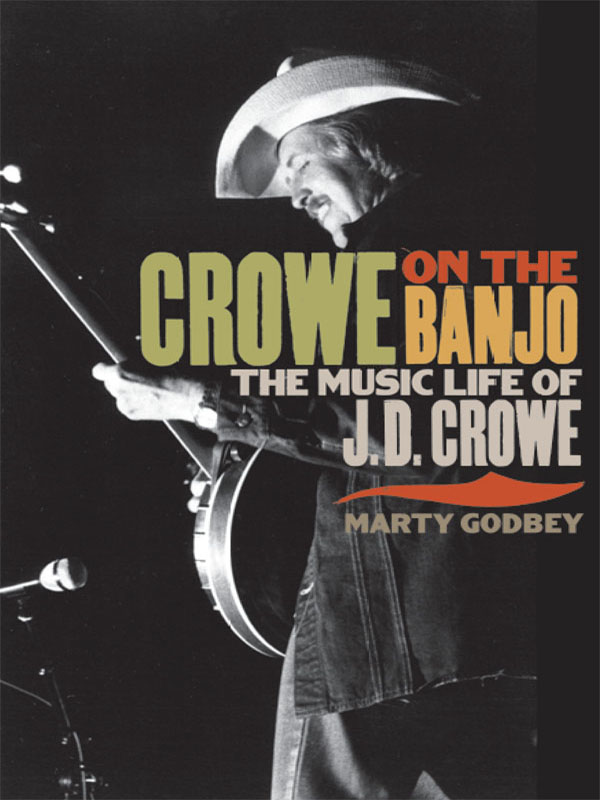


MUSIC IN AMERICAN LIFE
A list of books in the series appears at the end of this book.

2011 by the Board of Trustees of the University of Illinois
All rights reserved.
Manufactured in the United States of America
P 5 4 3 2 1
 This book is printed on acid-free paper.
This book is printed on acid-free paper.
Library of Congress Cataloging-in-Publication Data Godbey, Marty.
Crowe on the banjo : the music life of J.D. Crowe / Marty Godbey.
p. cm. (Music in American life)
Includes bibliographical references, index,
and discography.
ISBN 978-0-252-07825-5 (pbk.)
1. Crowe, J. D. 2. BanjoistsBiography.
I. Title.
ML418.C76G63 2011
787.8'81642092dc22 2011006827
[B]
Dedicated to the memory of Orval Dee Crowe 19161989
CONTENTS
PREFACE
In the mid-1960s, my husband and I were deeply immersed in the bluegrass music scene in and around Columbus, Ohio. At least once a week, usually more often, we ventured into some dark, sleazy, possibly dangerous hillbilly bar to listen to the excellent local musicians. Occasionally, some of the name bands such as Bill Monroe, the Osborne Brothers, Reno and Smiley, and the Stanley Brothers appeared in the larger ones, and we followed them religiously.
We traveled to outlying towns for package shows in school and civic auditoriumsif there was a bluegrass band in the lineup and we could find out about it, we were there. We heard Bill Monroe and His Blue Grass Boys at the High School in Delaware, Jimmy Martin and the Sunny Mountain Boys in Zanesville, Reno and Smiley and the Tennessee Cut-Ups in Springfield, Wilma Lee and Stoney Cooper in Ashland, and Flatt and Scruggs and the Foggy Mountain Boys, booked with the Stanley Brothers, at the Dennison Square Theatre in Cleveland. From information gleaned from their 5:45 a.m. radio broadcast, we stalked Flatt and Scruggs in a 150-mile radius, managing to see them twelve times in one calendar year.
When the weather was warm, we attended Sunday afternoon shows at outdoor country music parks: Frontier Ranch, near Columbus; Hillbilly Park, in Newark; Ponderosa Park, in Warren; and lovely, historic Chautauqua Park, near Dayton. In this picnic atmosphere, we met musicians and fans from other areas and shared information; until Bluegrass Unlimited began publication in 1966, there was no clearinghouse for bluegrass news, although a few newsletters did provide sources for recordings and some listings of upcoming performances.
It was from the Now Appearing section of Bluegrass Unlimited that we learned that legendary 5-string banjo player J.D. Crowe, who had recorded extensively with Jimmy Martin and the Sunny Mountain Boys, was playing in Lexington, Kentucky, with his own band, the Kentucky Mountain Boys. This would be, for us, the first in a lifetime of overnightand longerforays to hear bluegrass music.
On Easter weekend of 1968, we arrived in Lexington just before dark on Friday night, only to discover that we had left the Bluegrass Unlimited issue, with its all-important address, in Columbus. All we could remember was that the place was on Limestone Street, so we drove slowly north, trusting our ears and instincts to give us the location.
Sure enough, music sounded from a corner bar, the Limehouse, at Third Street, near downtown, and we went in to sample it. The place was high-ceilinged, dimly lit, practically empty, and a little seedy, and there was a bluegrass band on a low stage in the corner, but the music lacked something, and the banjo player neither looked nor sounded like the J.D. Crowe whose work we had absorbed from those great Jimmy Martin records of the 1950s and early 60s.
After only a few tunes, the band took a break, and the guitar player ambled over to tell us, I think youre looking for J.D. Crowe. Hes at Martins Place, at Seventh and Lime, just a few blocks north. Muttering something about his band being good, too, we scuttled out and found what we were looking for: a small, yellow-brick building with bluegrass music and college students spilling out the screen door onto the broad sidewalk.
It was in, we learned later, a questionable part of town, but, nestled among small, cozy houses, each with a porch and a front yard, and with its crowd of students and young professionals, Martins Place was more welcoming than the wall-to-wall honky-tonks of North High Street in Columbus. We felt perfectly comfortable there, and the music more than justified our driveit was electrifying.
J.D. Crowe was exactly what we expected, a skinny young man with abundant red hair gleaming in the lights, hunched over his banjo. The crisp, clear notes of his playing, often with a bluesy flavor, featured the perfect timing and rich tone he had shown on Martins recordings and was loud enough to drown out the noisy chatter and clink of beer bottles in the tavern.
With him behind the collection of mike stands in the corner were a couple of guitar players, a mandolin player, and a bass player, with a left-handed fiddle player on J.D.s right. They leaned into the single microphone in turn, performing vocal standards and instrumentals from the bluegrass repertoire. The audience, though noisy, was extremely appreciative, particularly of Crowes breaks on the banjo, but his backup playing behind the singers and the other instruments was extraordinary, contributing a texture and fullness to the total sound.
Crowe was impressive in 1968 with a part-time band (which included experienced professionals Bobby Slone, fiddle, and a young, already proficient Doyle Lawson on mandolin); he has been no less so in the hundreds of times we have seen him since. Obviously, there have been personnel changes during the forty-eight years he has managed his own band, but there has always been a long list of musicians eager to work with him, and he has consistently chosen the best people available for any vacant slot.
The sound of the Kentucky Mountain Boys, later renamed the New South, has reflected these changes and the tastes of the times, but the music has always been of the highest quality. As each new member brought with him new songs and different experiences, so he assimilated something of J.D.s professionalism, solid rhythm, attention to detail, and insistence on perfection in harmony singing. Through Crowes band have passed many musicians who became luminaries of bluegrass and country music; they have spread his methods to those with whom they worked after Crowe, and thus to more and more musicians in ever-increasing numbers. In addition to being a superb performer, J.D. Crowe has beenand isa teacher.
The innovations made by J.D.s bands of the 1970s and 1980s have forever changed the concept of what bluegrass music is; bands after that period were as different from those before as those who followed Lester Flatt and Earl Scruggs were from the ones who preceded them. The timing, the way of approaching nontraditional material, the ensemble work, and the attitude have been copied thousands of times, and while Crowes subtleties and deep knowledge of earlier music may be missing, the effect is unmistakable.
Next page

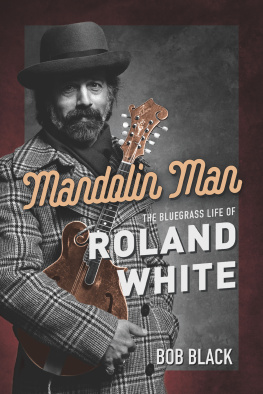
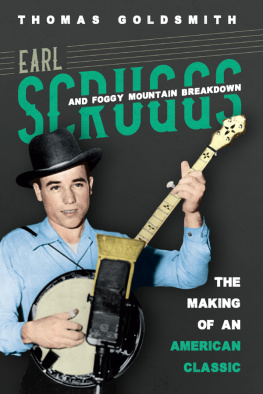
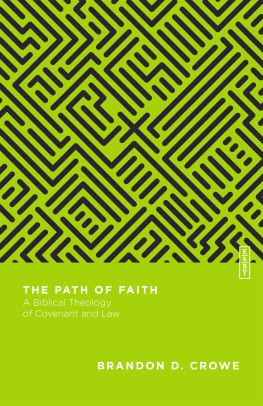

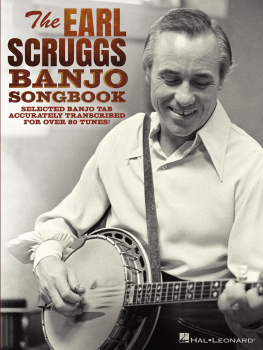
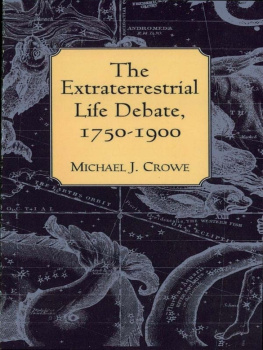
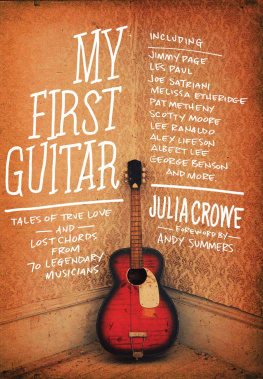
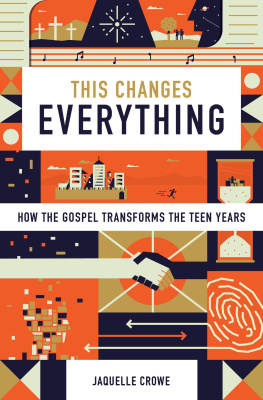

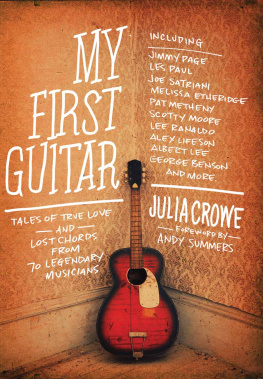
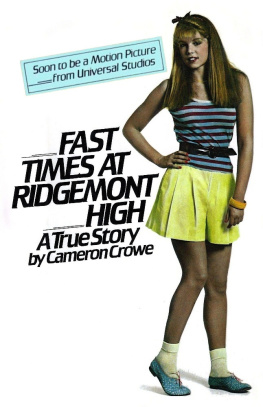



 This book is printed on acid-free paper.
This book is printed on acid-free paper.